Are your electricity bills skyrocketing and leaving you feeling uncomfortably hot in summer? Whirlybird roof vents may provide the perfect answer for this situation. This unique system of ventilation can not only regulate temperature, but also enhance air quality within a home, help lengthen the lifespan of materials used to make roofs while simultaneously decreasing energy consumption rates. To get insights on how many whirlybirds, we’ll examine their different kinds and advantages then compare them with other forms of roofing systems based on criteria such as performance level, looks-wise, and affordability. Now let’s begin our exploration to discover whether or not these mighty vents are suitable for your dwelling!
Key Takeaways
- Whirlybird roof vents are an energy-efficient and effective way to improve indoor air quality.
- Selecting the right whirlybird requires consideration of roof size, ventilation needs, compatibility with roof type, material & construction quality and noise levels.
- Professional vs DIY installation should be considered when budgeting for a whirlybird purchase & installation as well as maintenance requirements.
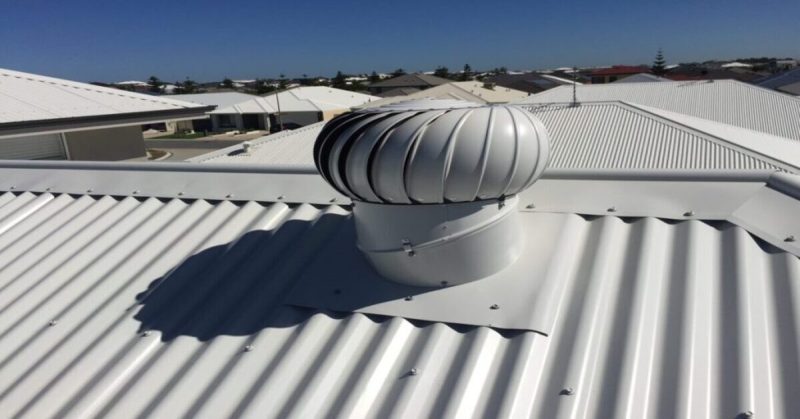
Understanding Whirlybird Roof Vents
Whirlybird roof vents are becoming increasingly popular with homeowners for their ability to effectively extract hot air and moisture from the home’s roof cavity, thus increasing energy efficiency while also improving indoor air quality. The installation of such a versatile ventilation system on flat roof is relatively easy. It can fit onto various types of roofs and come in both active (mechanical) or passive (wind-driven).
Using these roof ventilator systems instead of traditional air conditioning appliances offers an alternative way to cool down rooms without relying on electricity, by removing warm air inside the house via whirlybirds located at the top side section. This allows them to be comfortably placed all year round given its adaptability over many different kinds of materials used for roofing today.
Types of Whirlybirds
Passive whirlybirds are an eco-friendly and cost effective solution as they run entirely on wind power. This means that there are no operational costs, helping to save you money in energy bills while providing proper ventilation too. Just bear in mind the typical local winds when choosing a passive whirly bird model. Otherwise their efficiency could be impacted.
On the other hand, active versions of this type use motors similar to soffit vents for efficient running – although more expensive than passive ones upfront (and with some operation expenses), these offer better performance regardless of external conditions such as gusts or down drafts. Plus, some designs can also make use of solar energy, which is both green friendly and may help lower overall expenses Still.
Benefits of Whirlybirds
Installing a Whirlybird can bring many advantages to your home, most notably their energy efficiency. By eliminating the need for air conditioning and promoting hot air extraction from the roof space, you could save on monthly energy bills while preserving a sustainable lifestyle. The presence of such ventilation system also improves indoor air quality since it extracts stale air and moisture from any kind of material used in making roofs – metal ones included – thus decreasing chances of mold or mildew formation inside buildings as well as protecting against heat accumulation and ice damming effects over time. With ease-of-installation regardless if one has tiled roofs, asphalt shingles or simply tiles installed already, this is certainly an ideal solution when looking for improved airflow throughout your property without going through extreme measures to obtain it.
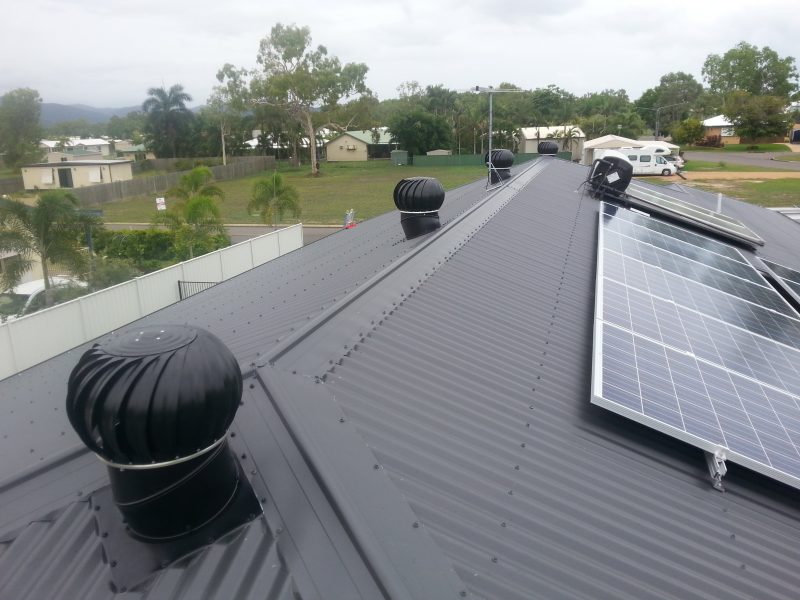
Selecting the Right Whirlybird for Your Home
When selecting the ideal bird for your home, it’s important to take into account aspects such as roof size and ventilation needs. Check that it is compatible with whatever type of roof you have. Doing so will guarantee that the chosen unit is capable of handling all necessary tasks efficiently while giving energy savings too.
By evaluating these characteristics thoroughly, you can be assured that the proper whirlybird model has been selected to fit perfectly with your residence’s unique specifications!
Roof Size and Ventilation Needs
In general, if you have a smaller roof, your ventilation needs may be covered by installing one or two whirlybirds to take out hot and humid air from the roof void the space. On the other hand, larger roofs that are used for commercial buildings as well as more extensive venting requirements will likely need multiple units of these devices along with alternate options such as ridge vents and solar-powered ventilators.
It is important to consult an expert in order to determine the optimal number of roof whirlybirds according to your specific situation regarding size of roof, pre-existing ventilation system, slope degree and wind direction – this way it can guarantee better regulation when it comes to temperature control humidity reduction plus savings on energy costs.
Roof Type Compatibility
When choosing a roof or whirlybird installation, it is important to consider the specific requirements of your type of rooftop. This may be especially true for flat roofs that could require additional measures such as curbing around the unit in order to prevent water buildup and subsequent damages. Metal, tile or asphalt shingle rooftops are all compatible with these units, but you should double check to make sure they work properly when installed on yours. To ensure correct installation techniques and optimal performance, one can consult an experienced roofer who will offer advice tailored specifically for each home’s unique materials used along its design features.
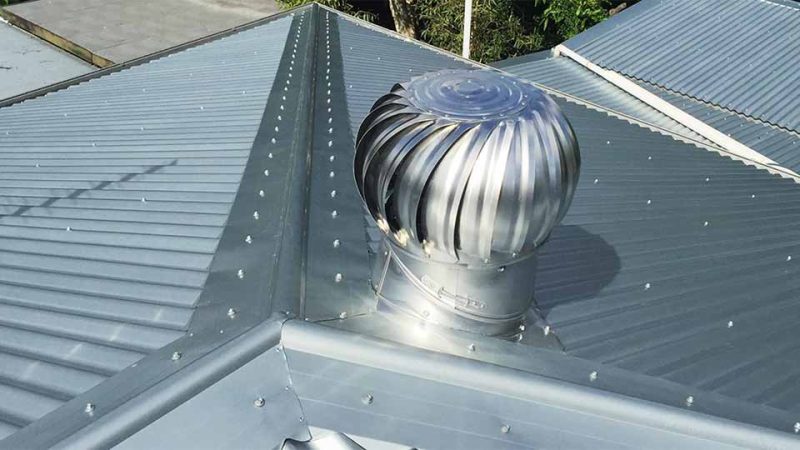
Whirlybird Quality and Features
When selecting a Whirlybird for your home, roof size and type compatibility are essential considerations. As well, it is important to evaluate the material quality of the unit along with its construction in order to ensure optimal performance and noise levels over time. A premium product that has been constructed robustly will offer more dependable operation while also requiring less maintenance down the line. Quieter functioning is an added bonus!
Material and Construction
When deciding on the right bird for your needs, it is important to factor in quality. Models created with durable and reliable materials such as aluminum or galvanized steel offer longer-lasting operations and require minimal maintenance over time. Opting for top-of-the-line models allows you peace of mind that your roofing materials will be protected from potential damage caused by inadequate construction or flawed design elements. So make sure you look out for units constructed with efficiency in mind!
Noise Levels
When it comes to roof ventilation, investing in a high-quality Whirlybird is important for enjoying the benefits without suffering from too much noise. Quality components and firmly attached bearings can help reduce sound levels as well as ensure smoother operation. To keep your whirlybird running efficiently and quietly, some regular maintenance tasks should be undertaken such as lubricating moving parts, removing debris or obstacles that hinder airflow and inspecting any broken pieces needing repairs or replacements accordingly. With these measures taken care of carefully, you’ll be able enjoy this type of roof ventilation with minimal disruption.
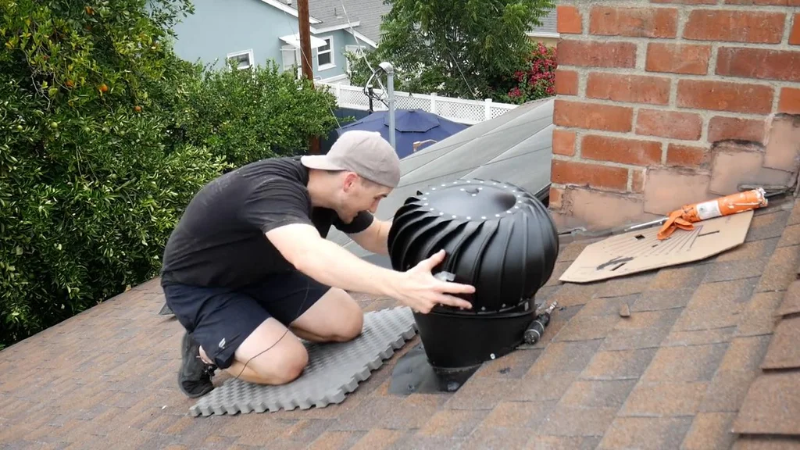
Installation Considerations
When selecting the best bird for your home, there are various aspects to consider when it comes time to install it. Whether you choose a professional or DIY installation will be based on these factors as well installation cost as well as understanding what maintenance is needed for the model chosen.
Ensuring all of this is taken into account before beginning can make the entire process go more smoothly and successfully overall.
Professional vs. DIY Installation
When it comes to installing a Whirlybird on the roof, professional installation is recommended for optimal results and safety. Some people opt for DIY when they feel comfortable with that type of project. Professional help can come in handy as certified roofers are experienced in proper placement techniques which ensures damage-free setup as well as potential roof repair if required. This approach may be pricier compared to do-it-yourself tasks plus you need an appointment beforehand – meaning waiting time until availability arises.
On the flip side, doing things yourself offers savings while providing room to work at your own pace – minus worries about fees or scheduling conflicts. Not having experience could cause issues such as scratches or wrong positioning due improper setting up procedures so make sure you’re qualified before starting any job like this one.
Whether going pro or diy depends on budget concerns comfort level with undertaking construction projects and individual needs consequently each person will have their unique answer related specifically to them individually.
Maintenance Requirements
For optimum roof ventilation and long-term performance of your Whirlybird, regular maintenance is paramount. These dependable components need minimal servicing due to the sturdy material they are constructed from as well as their self-lubricating turbines. Nevertheless, a thorough cleaning and lubrication should still be carried out periodically in order to keep them functioning at peak levels – it’s extremely important that you read the manufacturer’s instructions carefully for any upkeep task being undertaken so as not risk damaging or reducing efficiency of these vents. By investing time into standard upkeep operations on your whirlybirds, you will ensure many years of top-rate ventilation systems which accessorize both roofs nicely.
Comparing Whirlybirds to Alternative Roof Ventilation Systems
When choosing a whirly birds as the best roof ventilation system for your home, it’s important to compare whirlybirds against alternative options such as solar-powered vents. Whirlybirds can be more cost-effective and energy efficient compared to others, but some systems may suit different needs better.
For instance, Solar. Whiz is a great choice if you’re looking for an environmentally friendly and high performing solution which runs quietly with no wind turbines required on various types of roofs – albeit at higher initial installation costs than those offered by whirlybird units.
The key is evaluating all available solutions in order to make an informed decision about the cost to install the right type of roof ventilation that meets both your requirements and budget limitations.
Cost Analysis: Whirlybird Purchase and Installation
When deciding the overall cost for purchasing and installing a Whirlybird, it’s important to take into consideration several factors such as type/quality of unit, complexity of the installation process & whether you choose professional or DIY. Standard units can be purchased at around $60 AUD while active models may range between $300-500. Professional installation typically runs from around the clock.
$200 – 500, many opting for do-it-yourself in an effort to reduce labor costs. Yet caution should be taken since improper setup could lead to more expenses down the line! Taking all these points into account is key when determining how much one will invest so they get optimal value out of their purchase.
Summary
In summary, whirlybird roof vents offer a great combination of energy efficiency and cost-effectiveness when it comes to improving the ventilation and air quality in your home. It is important to understand all different types of these devices so you can make an informed decision that works best for your specific needs. Investing in high quality ones along with professional installation will ensure they operate well over time while also helping reduce energy consumption within the roof space of your house – allowing everyone who lives there to breathe more comfortably! This blog post has provided you with all necessary information needed when considering which type would be ideal for your property.

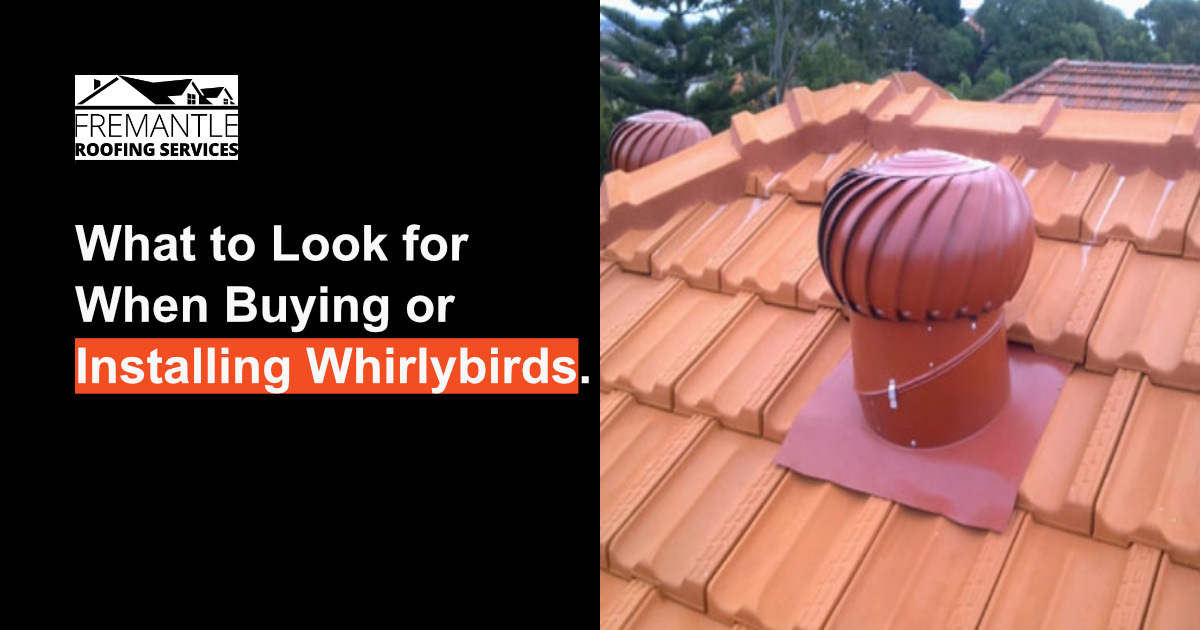
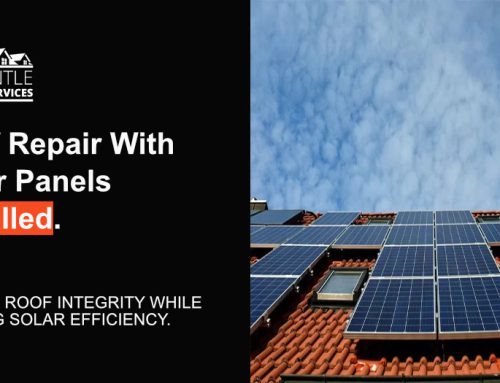
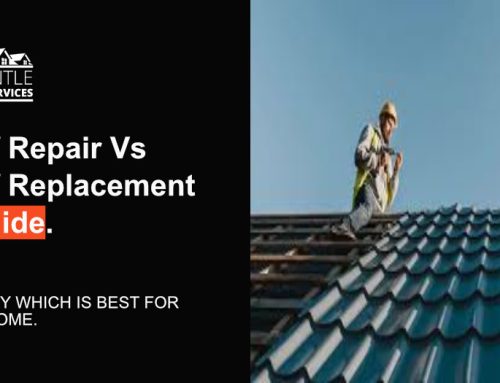
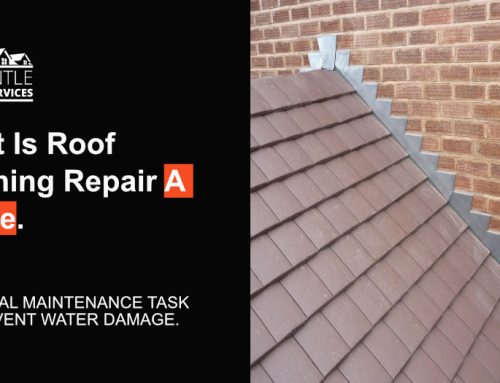

Leave A Comment